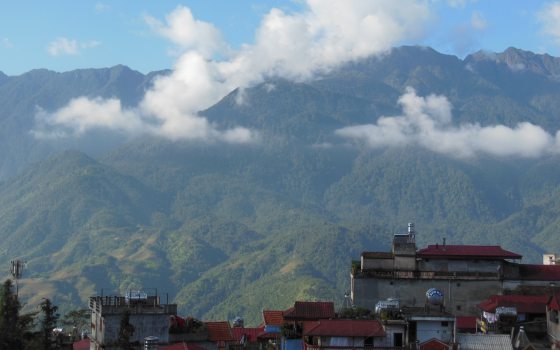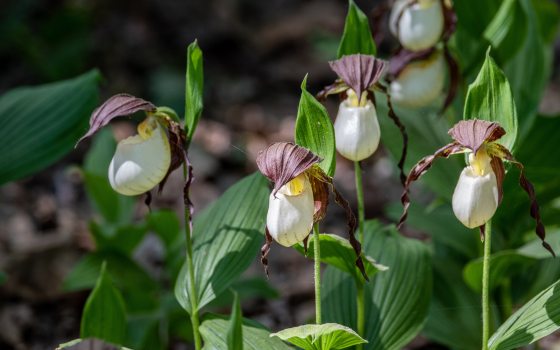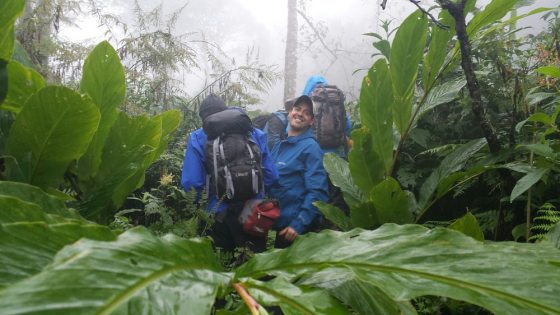
If you've ever visited Longwood Gardens, you've probably been wowed by our exuberant and unique displays. The beauty is plain to see. But have you ever wondered where all these plants come from?
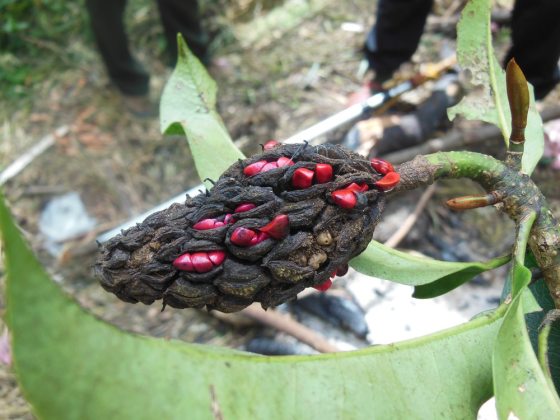
We add to our plant collections through various means. In addition to purchasing many plants from domestic sources (nurseries, seed companies, and plant breeders), we also receive plants from suppliers abroad, plant societies, and in cooperation with public gardens throughout the world. One of the most exciting ways that we expand our collections is through plant exploration.
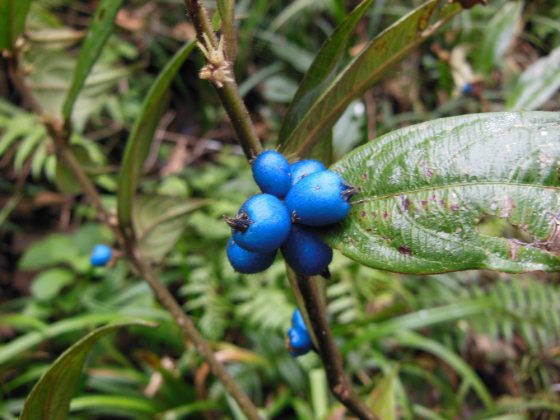
These plant-finding trips are true expeditions, sending our horticulturists into far-flung regions of the world. Since 1956, we have been involved in 60 plant exploration trips that have reached every continent excluding Antarctica. Our Floriculture Leader, Dr. Jim Harbage, and our Research Manager, Dr. Matt Taylor, are currently exploring the mountains of Vietnam in search of exciting and exotic plants. They spend their days hiking through remote terrain, collecting species as they go. Every evening, they catalog their finds and clean the seeds for successful transport back to the States.
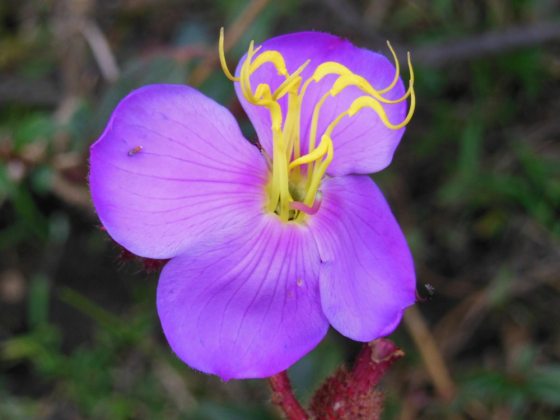
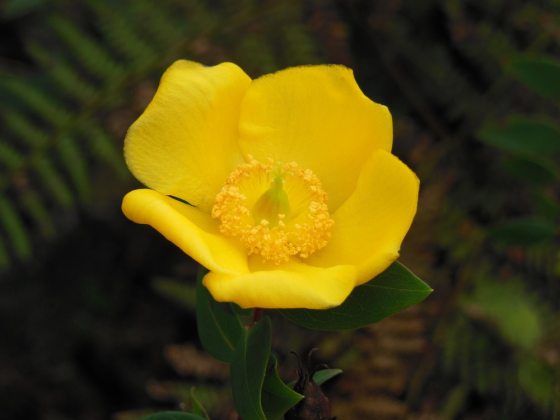

Once the seeds arrive back in the US, they enter into our research program, where we evaluate them to test their viability for our display, often breeding the plants to draw out recessive traits and create a striking new cultivar.
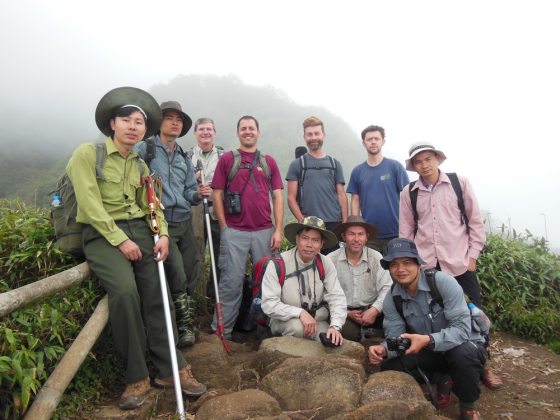
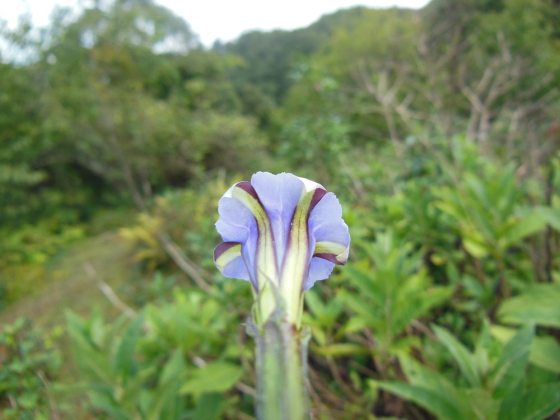
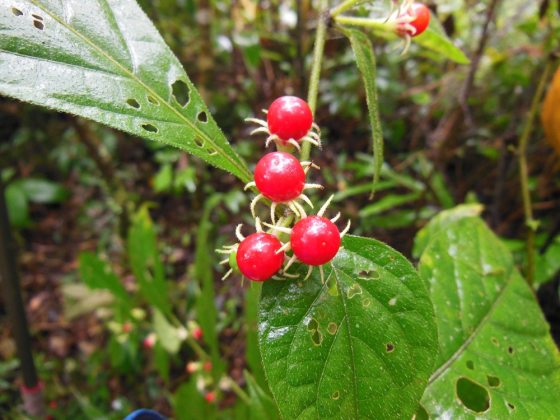

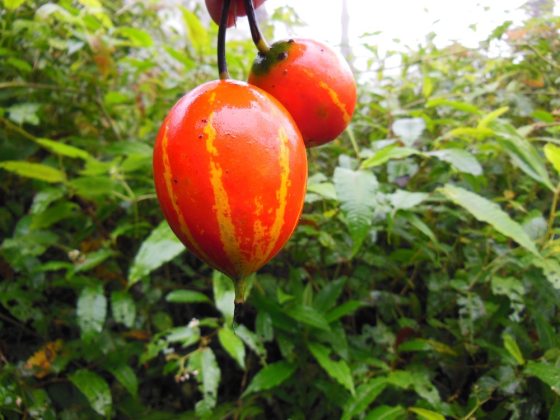
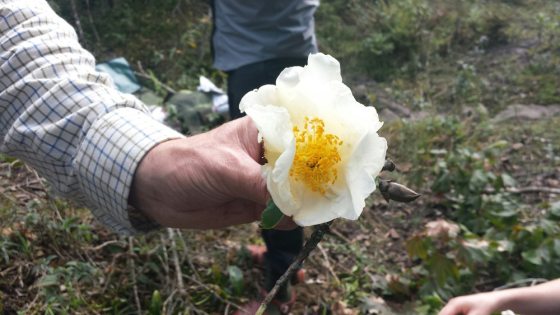

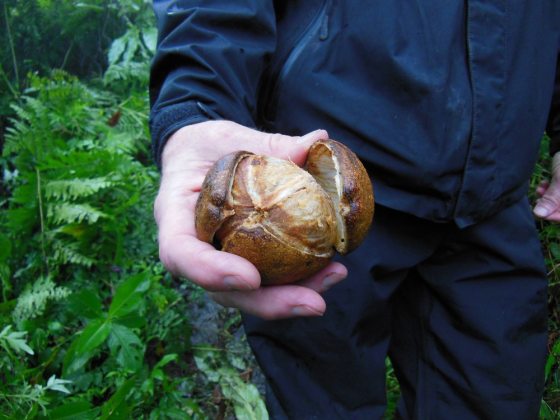
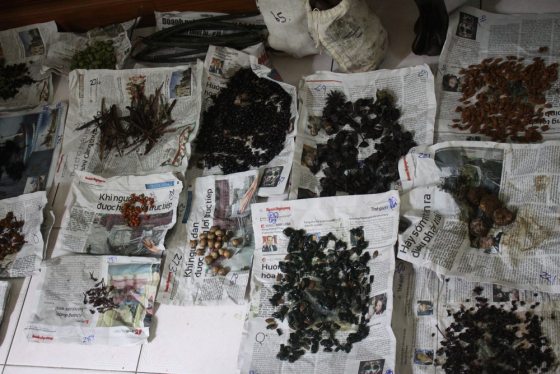
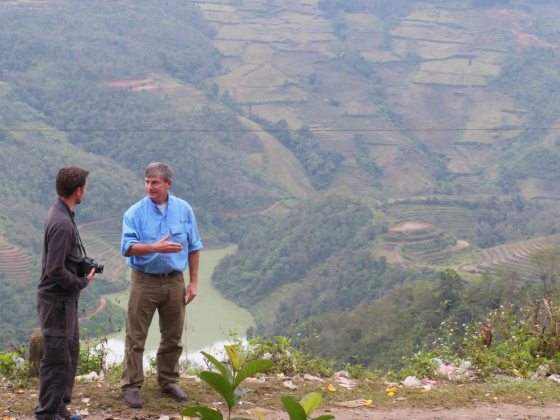
While Jim, Matt, and the team continue the field exploration, we look forward to their return and to the arrival of new plant specimens from Vietnam’s lush environments. These specimens will enrich Longwood’s core collection, provide opportunities for plant research, and enhance the diversity and aesthetics of our Gardens.
